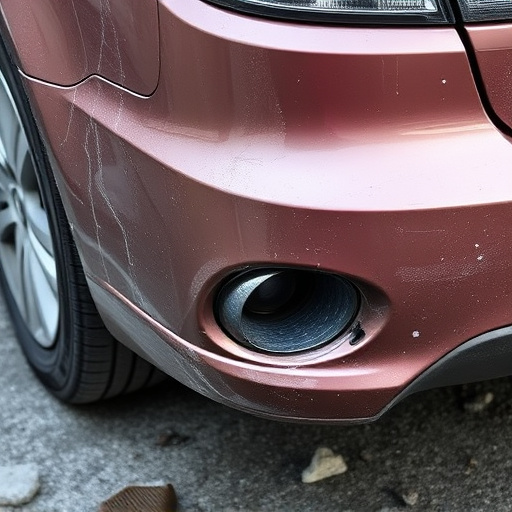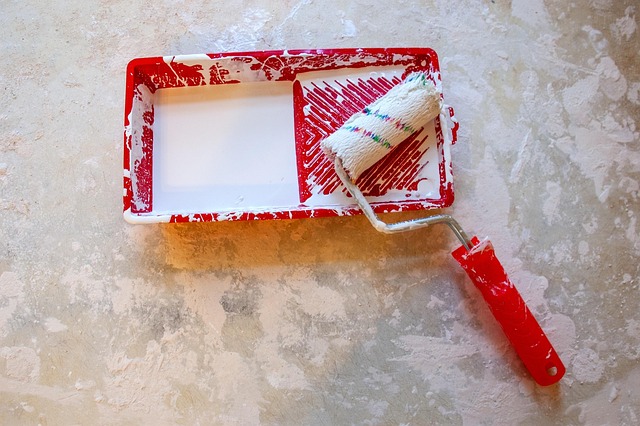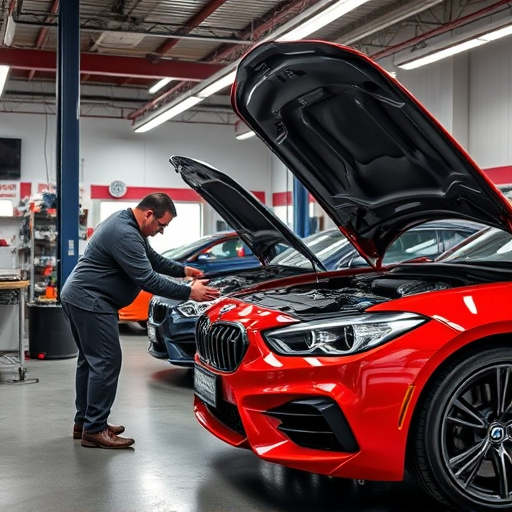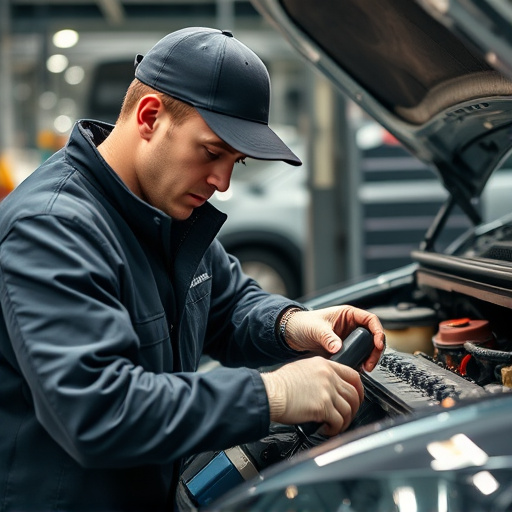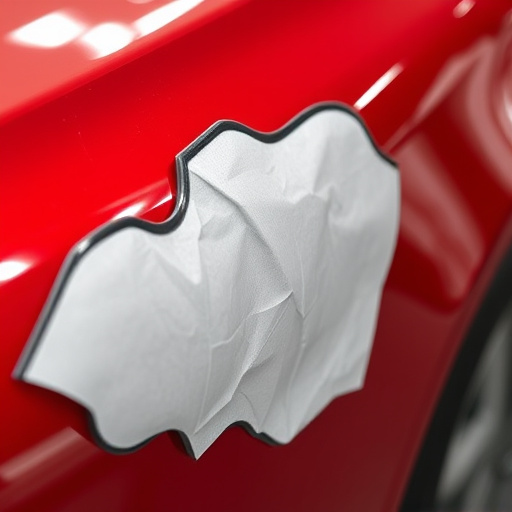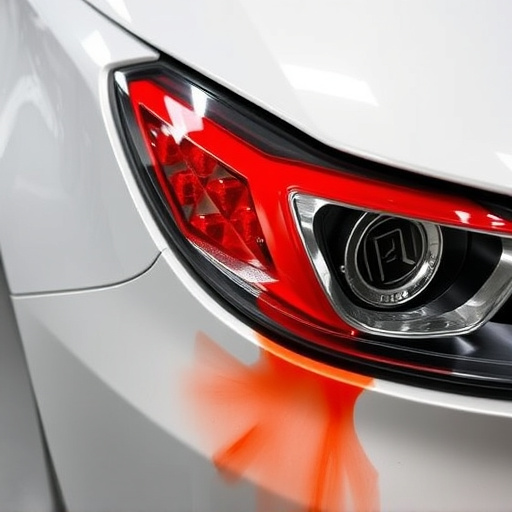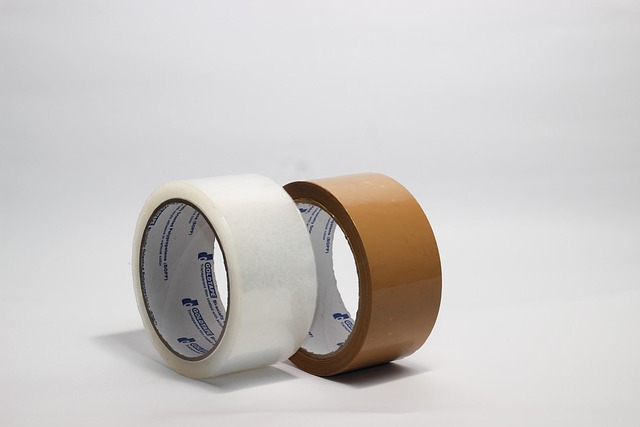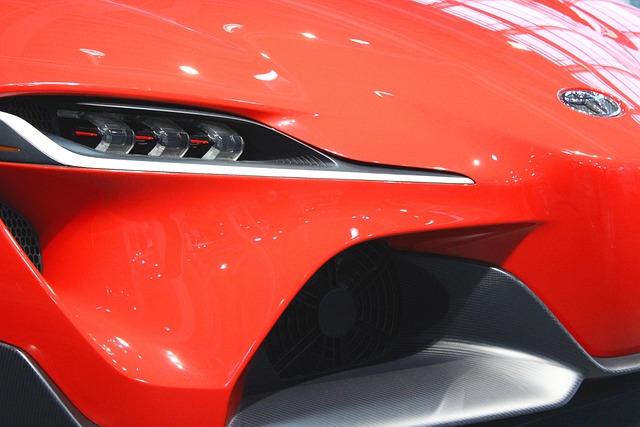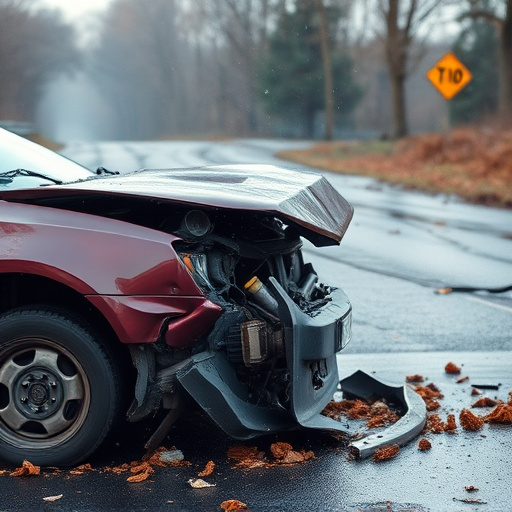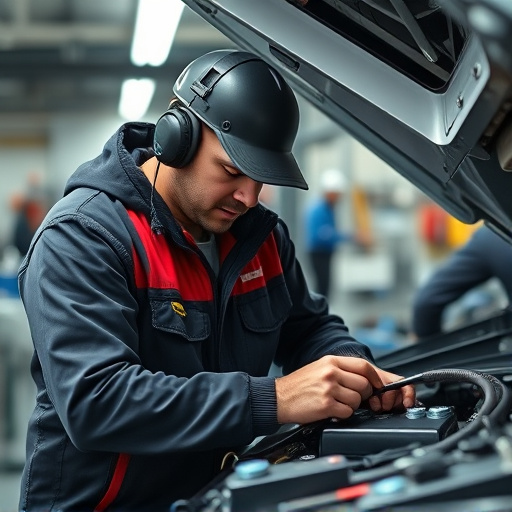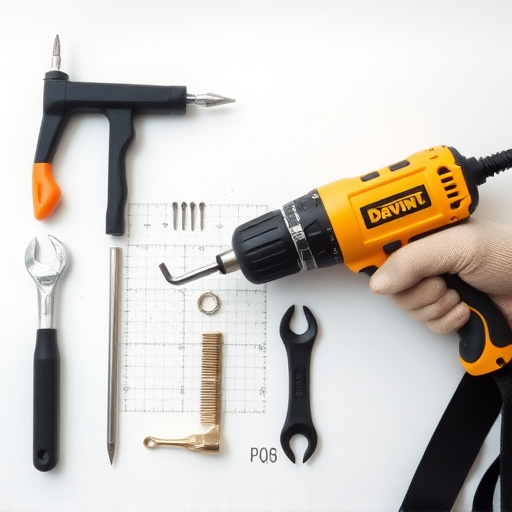Corrosion, driven by metal-environment interactions, can severely damage auto detailing and repair materials. Effective corrosion protection hinges on early detection and understanding of corrosion mechanisms. Regular inspections, monitoring environmental factors (humidity, temperature, corrosive substances), and using non-destructive testing techniques like EGI or PEC are crucial for preserving material integrity, aesthetic appeal, and saving costs by preventing extensive car body repairs or repainting. Informed decisions about enhanced corrosion protection treatments can be made through comprehensive strategies that include evaluating initial application quality, regular monitoring of deterioration, and before-and-after comparisons to extend vehicle lifespan.
Corrosion is a persistent threat to structures, infrastructure, and critical systems, causing significant damage and costly repairs. Effective corrosion protection is essential for maintaining assets and ensuring longevity. This article guides you through the process of inspecting and assessing corrosion protection methods. We’ll explore how to understand corrosion’s impact, evaluate various protection techniques, and measure implementation effectiveness. By following these steps, you can ensure robust corrosion protection strategies for your valuable investments.
- Understanding Corrosion and Its Impact
- Evaluating Corrosion Protection Methods
- Assessing the Effectiveness of Implementation
Understanding Corrosion and Its Impact
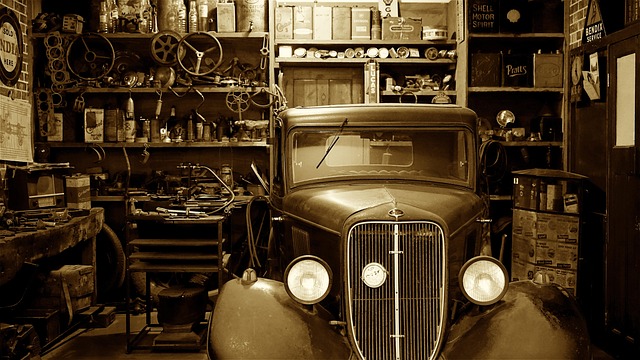
Corrosion is a natural process that occurs when certain metals interact with elements present in the environment, such as moisture and oxygen. It can lead to significant damage if left unchecked, affecting both the structural integrity and aesthetic appeal of various materials, including those used in auto detailing and car body repair. Understanding corrosion’s mechanisms is the first step in effective corrosion protection.
Corrosion protection involves a comprehensive approach, especially for vehicles where it’s crucial to maintain the exterior finish, like that of a meticulously detailed car or freshly painted auto body. The impact of corrosion can range from surface discoloration and texture loss to more severe structural deteriorations if not addressed promptly. Knowing how to inspect and assess corrosion at its early stages is vital in preventing extensive damage, ensuring the longevity of materials, and saving costs associated with car body repair or the need for a full auto body painting job.
Evaluating Corrosion Protection Methods

Evaluating corrosion protection methods is a crucial step in ensuring the longevity and integrity of any metal structure, including vehicle bodywork. The effectiveness of corrosion prevention techniques can be assessed through various means. One common approach is to monitor the environment where the vehicle or metal surface is located. Factors such as humidity levels, temperature fluctuations, and exposure to corrosive substances should be considered since these significantly impact corrosion rates. Regular inspections involve visually examining the surface for signs of rust, pitting, or any anomalies that might indicate corrosion activity.
In an auto body shop or during paintless dent repair processes, specialized tools and techniques can be employed to test the depth of corrosion and assess the overall protection provided by existing coatings or treatments. This involves using non-destructive testing methods like electromagnetic induction (EGI) or pulse eddy current (PEC) technology, which help determine the thickness of protective layers without damaging the surface. By combining environmental monitoring with these assessment techniques, professionals can make informed decisions about the need for enhanced corrosion protection measures and choose the most suitable methods for specific applications, whether it’s for a vehicle’s bodywork or other metal structures.
Assessing the Effectiveness of Implementation
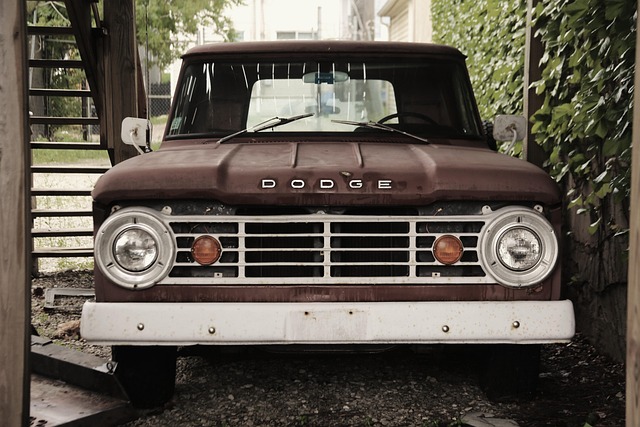
When evaluating the effectiveness of corrosion protection measures, a holistic approach is necessary to ensure optimal results. This involves inspecting the implementation process across various critical points. One key aspect is to assess the quality of the initial application, such as the uniformity of coating and the adherence to manufacturer recommendations. For instance, in an auto repair shop, proper preparation of vehicle surfaces before applying corrosion protection coatings, like a fresh fender repair or auto glass repair, plays a pivotal role in long-term efficacy.
Regular monitoring is another critical step. Check for any signs of fading, flaking, or blistering over time. This could indicate potential gaps in the protective barrier or exposure to adverse environmental conditions. By comparing before-and-after scenarios, whether it’s a recent fender repair job or routine maintenance on older vehicles, you gain valuable insights into the corrosion protection’s performance. Such assessments enable auto repair shops and their clients to make informed decisions about future treatments, ensuring sustained vehicle integrity and longevity.
Inspecting and assessing the effectiveness of corrosion protection is a vital step in ensuring the longevity and integrity of structures and materials. By understanding corrosion, evaluating protection methods, and critically assessing implementation, we can make informed decisions to safeguard our assets. Regular monitoring and adaptation to changing conditions are key to successful corrosion protection strategies, ultimately preserving our built environment for years to come.
